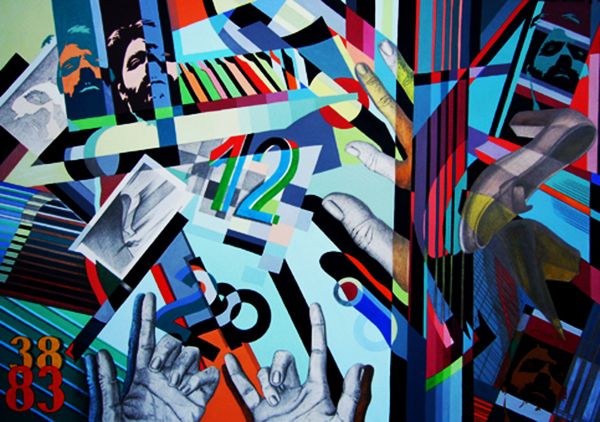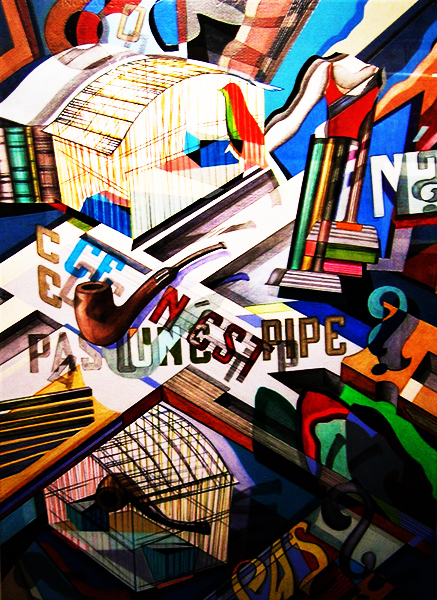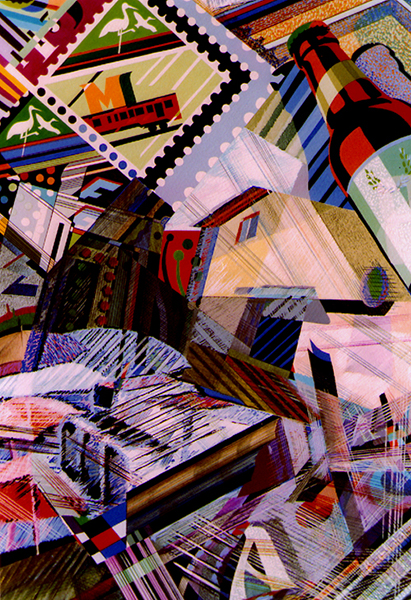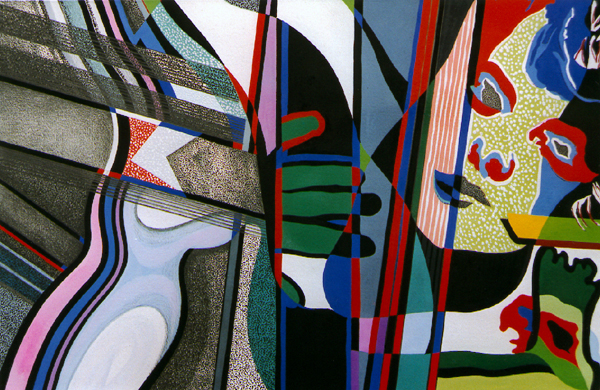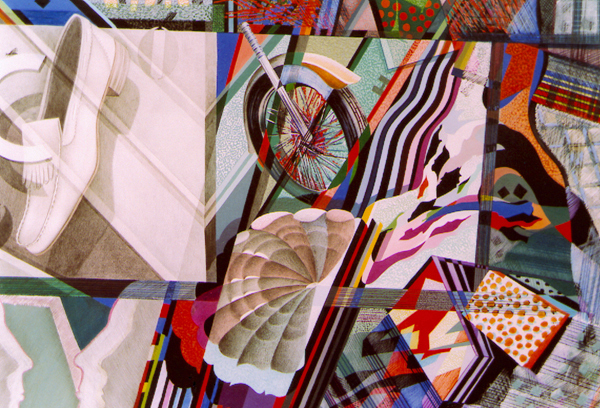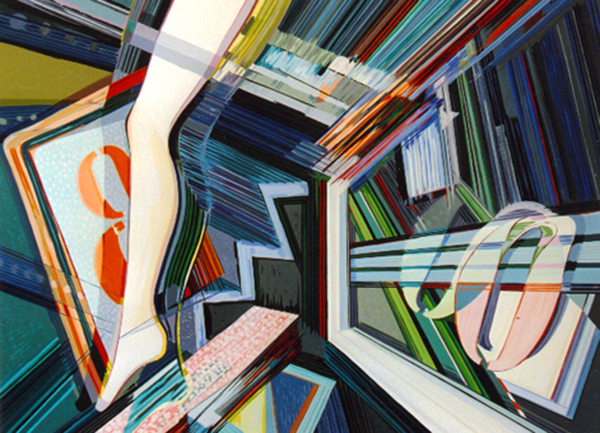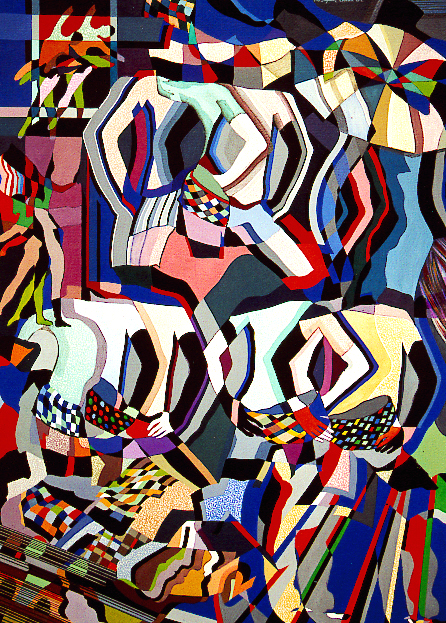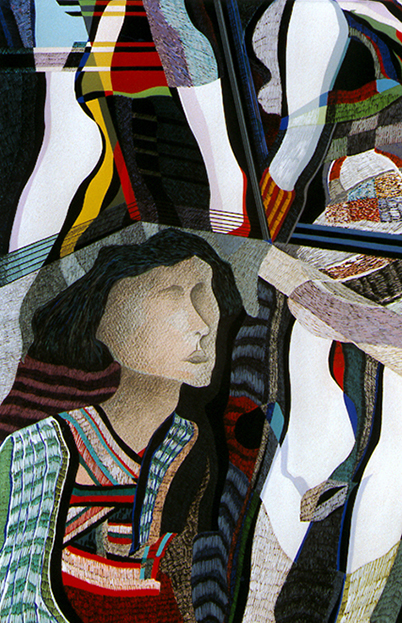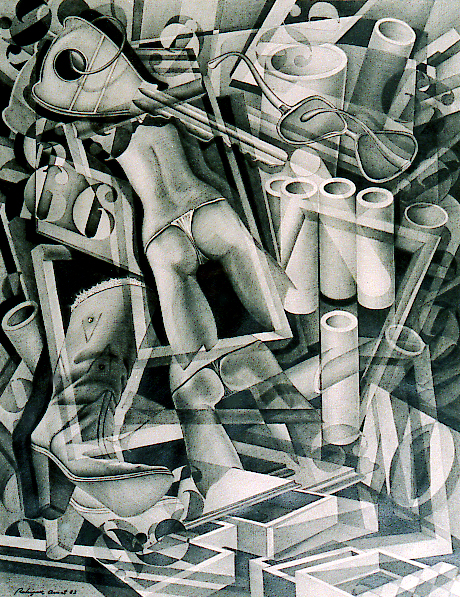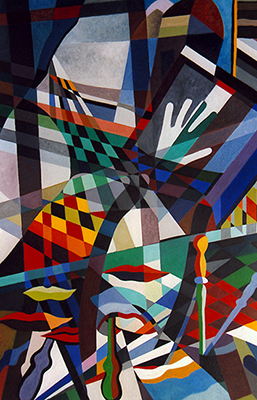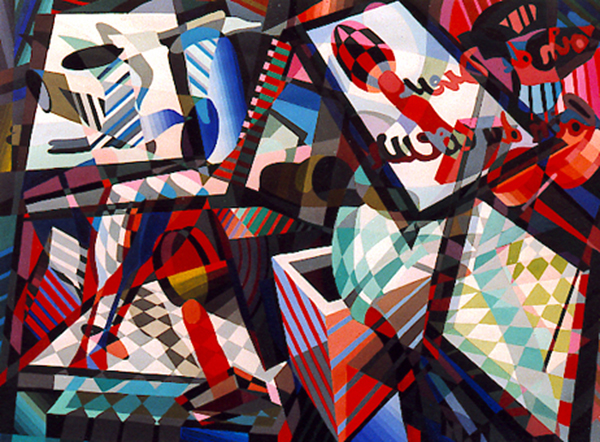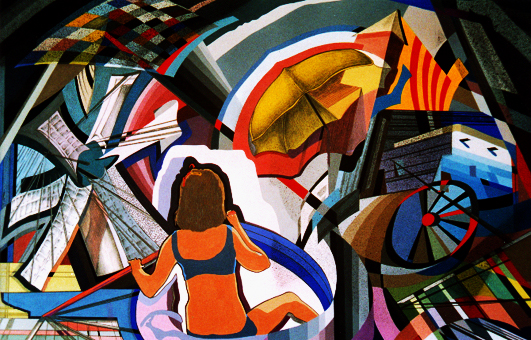
Esther / Mixed media on paper / 50 cm x 70 cm / 1981
This work was one of the first that I painted in this series that I entitled "Autobiography in Images".
It already has all the characteristics that determined the series: a lot of images generated by personal experiences during the time it took to make it. Images appear and are composed.
Most of the works in this series were painted in what I call "mixed media" on paper. Here, the mixed technique is based on lead pencils, watercolors, gouaches, and markers, among others. Each of these techniques was used depending on the pictorial values ??I wanted to achieve.
Something I will ask of you when you look at the paintings in this series is that you do not remain passive and try not only to capture the objects that appear in them but also, above all, to see how all the objects and elements have been composed in aesthetic shapes, colors, shades, lines, etc.
